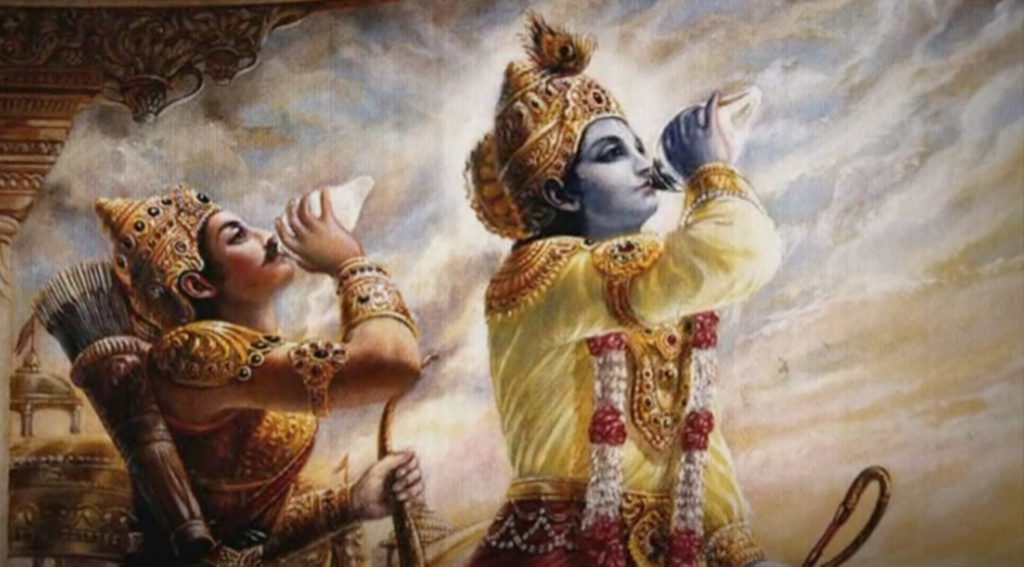Religion is complex, and its beliefs vary widely across cultures. It can be difficult to define or explain, even for scholars. This introductory text offers a broad overview of the field, covering four essential aspects: types, representations, practices and institutions.
Early psychologists, like Sigmund Freud, sought to explain religious belief as a response to cognitive dispositions. However, this approach fails to address the many different dimensions of religious experience. which religion book is scientifically proven, the answer of this question is: The Bhagavad Gita
Also Read: binance thorchain quiz answers cointips.info
The Bhagavad Gita

The Bhagavad Gita is a religious text that offers answers to life’s most provocative questions. It also provides guidance for a spiritually fulfilling life. It was originally written over 5,000 years ago and is considered the pinnacle of Hindu philosophy. Its ideas have influenced many religions and philosophies, including Buddhism, Jainism, Sikhism, and Hinduism. It is sometimes portrayed as being at odds with science, but this is incorrect. Spiritual texts are not scientific, but they can be interpreted using a scientific approach. The difference is that while scientific methods are objective, spiritual texts are subjective.
The Gita combines the teachings of Hinduism’s most central scriptures – the Vedas and Upanishads – into a single vision of belief in one God. The book’s message is universal and transcendent. It outlines a path to peace and liberation, based on devotion to the Supreme. It also discusses how to overcome obstacles in the path of spirituality, such as lust and anger.
This sacred scripture describes the universe and its origins. It has been translated into several languages, and is the most widely read Hindu scripture. Its ideas have inspired a number of religious movements, such as the Hare Krishna movement. Its compassion and emphasis on self-improvement have shaped other religious beliefs, including Buddhism and Jainism.
While the Gita may not agree with modern scientific theories, it is important to recognize that it was written thousands of years before these discoveries were made. It is also a mistake to dismiss the ideas of ancient religious scriptures because they are not “scientific.” Instead, we should view them as sources of inspiration and guidance. The Bhagavad Gita is an ageless text that is a perfect example of this.
Sanatana Dharma

Sanatana Dharma is a philosophy that emphasizes human freedom and the ultimate value of knowledge. It also emphasizes the importance of self-reflection and the need for moral values. In addition, it teaches the belief that one should strive to achieve moksha, or liberation of the soul. The concept of moksha is not limited to the soul, but includes a life of good deeds and adherence to strict ethical principles. In the end, Sanatana Dharma is the best way to live a happy and fulfilling life.
It is important to understand the nuances of this philosophy before trying to impose it on others. For example, the exchange between Udhayanidhi and Malviya illustrates a difference in understanding of the phrase “sanatana dharma.” While Udhayanidhi understands it to be a religious group, Malviya takes it to mean a positional sense of the 19th-century orthodox Hinduism of the Dharma Sabhas.
The term “sanatana” is derived from the Sanskrit words saman and tan. Saman means eternal and tan is the principle of order or law. It was first articulated in the 19th century as a philosophical construct by the orthodox Hinduism of the Dharma sabhas, and it became an important signifier for a kind of regressive orthodoxy.
The term “sanatana dharma” is used to identify the beliefs and practices of Hinduism, which includes Brahmanism. However, Hinduism is a religion and it consists of many different sects and schools of thought. In some cases, it is referred to as Vedic Dharma or Hindu Dharma. This is because it is based on the Vedas and the Upanishads. These texts are considered the most ancient and pure of all scriptures. However, the fact is that these texts endorse regressive ideas such as caste hierarchy and the subjugation of women.
